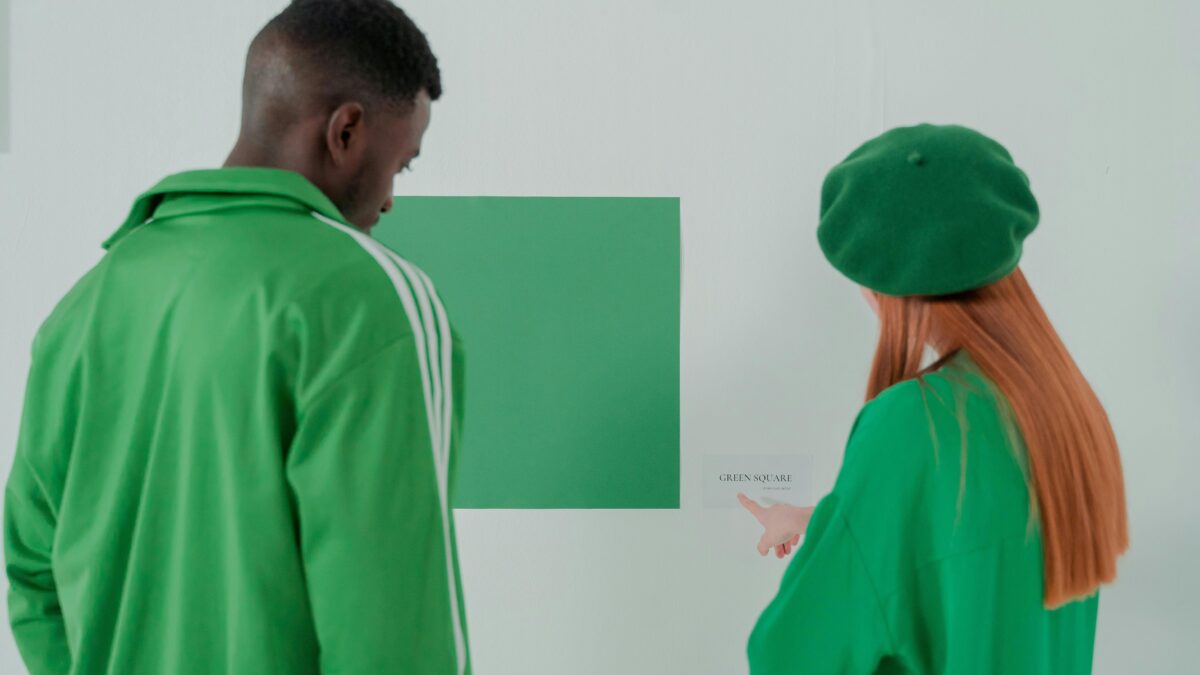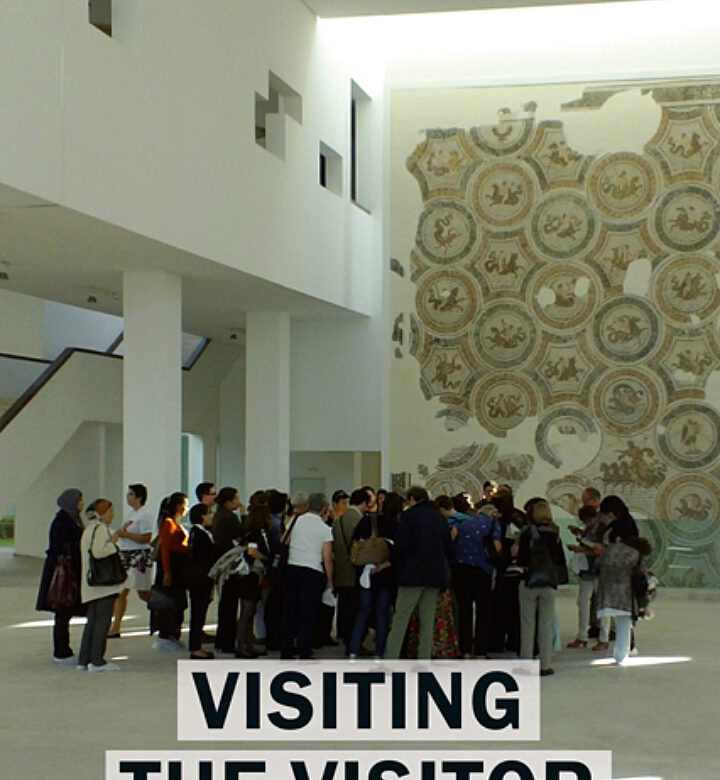Criticizing is easier than offering critique.
What's the difference between art critique and museum critique? Let's see what's our way of thinking
01/10/2024
Editorial

“Offering a critique” is something that creates embarrassment and, most of the time, generates annoyance and opposition. Those who are criticized feel their competence and authority diminished. But the importance of “criticism” is not about belittling others.
Criticism is essential to be able to engage and grow. In fact, we talk about constructive criticism, not done to discredit or offend. Even in these terms, criticism is often perceived as a personal attack, or it is used precisely to target someone while placing oneself on a pedestal. For this reason, it has become extremely rare in the cultural world to offer genuine criticism; even less so in the museum field, where more or less everyone knows and is connected to each other.
Even in other cultural forms, perhaps only in cinema are we able, from time to time, to read some “good critique.” Generally, everything is packaged with press office “memos,” or in previews where – as we all know – the buffet and “who’s there” are more important than the content.
Every book, every show, every movie, every exhibition is always sensational, the best that could have been written, produced, or curated. Every setup, especially if signed by some renowned architect or designer, is always magnificent. Criticism tends to focus on the content, which is always presented as the pinnacle of creativity, research, or realization, and on the aesthetic-artistic value of the exhibition. This is because it’s less confrontational to offer art criticism than museum criticism.
Without criticism, there will never be any improvement and, above all, no one in newspapers, radio, or television – media that are still very important for the majority of a population that is increasingly aging and shrinking – will ever be able to contribute to the formation of an informed audience, even in the museum field. Bloggers, influencers, young curators who want to make their way into the difficult field of exhibition organization and curating are filling social media with their comments on exhibitions. However, most of the time their goal is more about positioning themselves than offering genuine museum critique.
In fact, to speak of museum criticism means to contribute daily to the cultural development of our community, to strengthen the awareness and relevance of museums, to improve the level of minimum standards that no one seems to be talking about anymore, but that remain a value to be preserved. Offering critique means giving the public the ability to go beyond the aesthetic level of an exhibition and experience it in the most complete way. And to do this, we must not be afraid to highlight the weak or completely wrong points, nor to make enemies of those receiving the criticism.
What should we pay attention to, then, when tackling the critique of an exhibition?
As usual, we start from three cornerstones of our approach: the visitor journey, the May 10, 2001 decree on technical-scientific standards (or museum standards. Remember?), and the awareness of the museum as a hypermedia, where everything, in a museum or exhibition space, tells part of the story.
Here is our little guide for a critical approach to evaluating exhibitions and museum critique.
Here is our little guide for a critical approach to evaluating exhibitions and museum critique.
Coherence between touchpoints and the content of the exhibition
Who hasn’t experienced wanting to visit an exhibition, say on Raphael, only to find themselves immersed among minor or school artists? Sure, such an exhibition adds depth, context, and broadens the research, but from the title and its payoff, from the social communication and ads, it’s important that it is clearly understood what the visitor will actually find on display.
Ease of booking/purchasing the ticket – waiting times at the entrance
Since the pandemic, booking and purchasing tickets online has become customary. Even when tickets must be purchased at the museum, procedures should be clear: possible discounts or free tickets; requests for assistance for special needs; reception rules. On-site signage is crucial to avoid confusing the visitor and making them feel out of place.
Directors and cultural commissioners may like queues to enter museums, but visitors like them much less. Especially if the tickets have a set time, ensure that the schedule is respected and that early arrivals have places where they can sit and wait for their entry, perhaps beginning to familiarize themselves with the exhibition’s theme, but above all without accumulating fatigue: museum fatigue is one of the barriers to be removed as much as possible.
Lighting and signage/audio guides and visit aids
Whether the exhibition requires a darkened environment (i.e. for various multimedia installations) or takes advantage of natural light, our museums and exhibitions often feature either accent lights to highlight certain works or spotlights to make the lighting more uniform.
In both cases, the lighting design needs to be carefully studied to avoid reflections on the glass or artworks that could obscure the work, its forms, and its color, or create true “blinding” effects.
Care must be taken that the lights do not hit the panels, making them difficult to read. When there are many visitors, it is sometimes impossible to position oneself to have the grazing light to see beyond the glare.
Display panels, we will never tire of reminding you, should be positioned at a suitable height and sized to contain readable, meaningful, and understandable texts.
The content of the texts, whether on panels, audio guides, or other visit aids, must be clear, informative, and varied: the text on the panel should be different from what is narrated by the audio guide or other visit aids.
Let’s try to understand who the audio guide is for: if it’s meant for visually impaired people, it should describe the work, but in that case, it’s not necessary for those who can “read” the work without needing a description. The diversification and depth of content are much appreciated and confirm the curators’ ability to offer a comprehensive view of the exhibition’s theme.
This also applies to the preparation of guides for groups.
Seating and rest areas
As mentioned above, following an exhibition or visiting a museum requires a significant expenditure of energy. Being able to sit down to rest and reflect on what has been seen, perhaps using catalogs or other materials for further study, will allow visitors to enjoy the exhibition without “giving in” to fatigue.
Climate control and preventive conservation
Not too cold, not too hot, and no open windows in the middle of summer. Visitors perceive these conditions and, even if they don’t understand the reason, they suffer the consequences. Climate-control the display cases, but keep the environment at a livable level of conditioning.
If you need to place dataloggers or other analysis instruments, try not to put them in full view. It’s fine not to focus solely on the aesthetics of the setup, but certain devices in the rooms or loggers the size of old 1970s calculators should perhaps not be front and center.
Coherence between setup and theme
Lastly, let’s talk about the actual setup. Even though, from our perspective, it’s more interesting for an exhibition to be understandable than aesthetic, the setup must reflect and help communicate the theme of the exhibition.
Entering an exhibition about a 16th-century painter and feeling like you’ve stepped into the dressing rooms of 1930s movie stars creates a cognitive dissonance that does not predispose the visitor to enjoy the exhibition.





